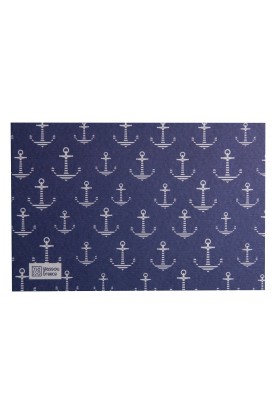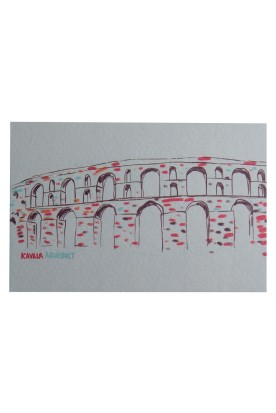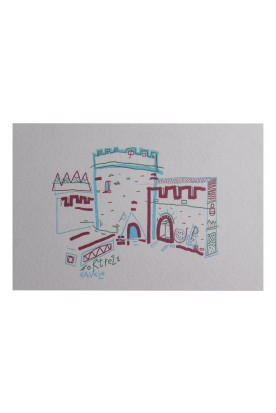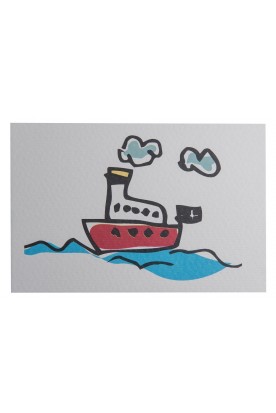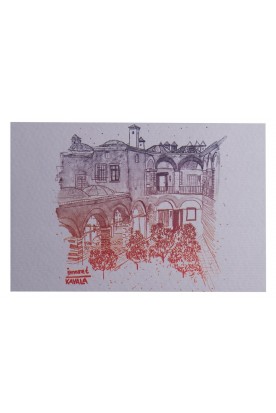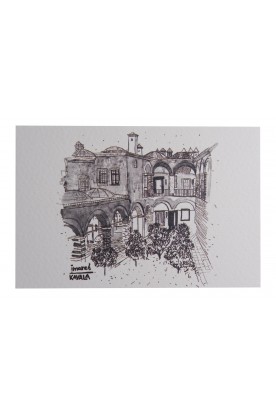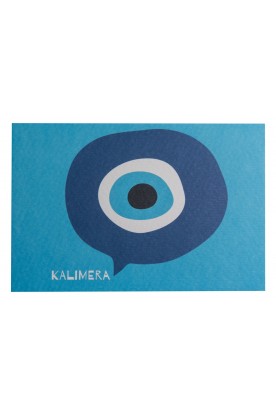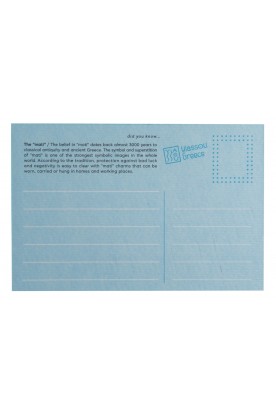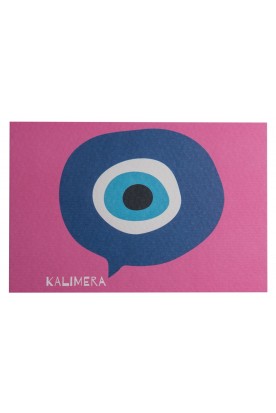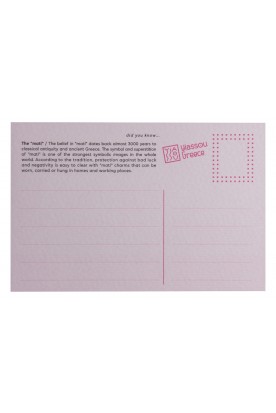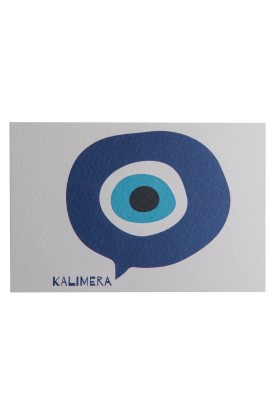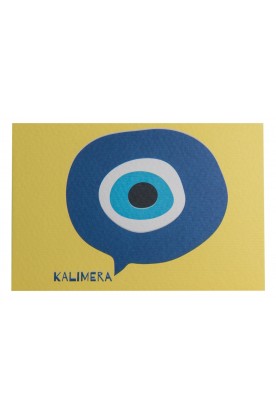Our website uses cookies. By using our website, you consent to our use of cookies in accordance with our Cookies Policy. Click here to learn about cookies.
PAPER POST CARDS
-
Did you know..?
- The ancor is one of the main parts of a ship and is related to its safety since the ancient times. During Christian time it was a symbol of salvation and hope. The anchor also symbolized stability and strength not only in territories that where strongly connected to the sea, but also in populations that lived in the mainland. Locals used to wear jewels that depicted an anchor or get anchor tattoos.
Out of stock
-
Did you know...?
- The most identifiable and impressing monument in Kavala is the big arcade structured aqueduct, know as "camares". "Camares" were made in Ibrahim Pasha funding, during 1520-1530. This innovative work built out of local granite and plinthos. It was a sort of aqueduct, 270m. long and 25m. tall, that supplied the city with water until the early 20th century providing the means of growth for the local society.
Out of stock
-
Did you know...?
- Acropolis was built in the early 15th century and is still considered an indisputable trademark for the city of Kavala. At the top of "Panagia" peninsula, based on the remains of the Byzantine Acropolis of the ancient town Christoupolis, the castle of Kavala rises up to 70m in height, right above the city harbour.
Out of stock
-
A luxury paper card postal , 100% made in Greece. Send it as an invitation or an appointment reminder, write your wishes and give it as a birthday, anniversary or celebration card. There are so many ways to use a postcard!
Learn MoreOut of stock
-
Did you know....?
- "Imaret" is a historical monumentum on the hill of "Panagia" right in the middle of the historical district. Mohamed Ali Pasha, the founder of modern Egypt was born in Kavala. In 1813 he donated to his hometown the construction of an impressive complex of public buildings including Imaret. The Ottomans developed such institutions to support educational, social and religious needs of the Muslim population. Kavala's Imaret served free food –hot soup- until 1923. Right after Muslim's departure, it started to host refugees from Minor Asia.
Out of stock
-
Did you know....?
- "Imaret" is a historical monumentum on the hill of "Panagia" right in the middle of the historical district. Mohamed Ali Pasha, the founder of modern Egypt was born in Kavala. In 1813 he donated to his hometown the construction of an impressive complex of public buildings including Imaret. The Ottomans developed such institutions to support educational, social and religious needs of the Muslim population. Kavala's Imaret served free food –hot soup- until 1923. Right after Muslim's departure, it started to host refugees from Minor Asia.
Out of stock
-
Did you know...?
- The belief in 'mati' dates back almost 3000 years to classical antiquity and ancient Greece. The symbol and superstition of 'mati' is one of the strongest symbolic images in the whole world. According to the tradition, protection against bad luck and negativity is easy to come by with 'mati' charms that can be worn, carried or hung in homes and working places.
Out of stock
-
Did you know...?
- The belief in 'mati' dates back almost 3000 years to classical antiquity and ancient Greece. The symbol and superstition of 'mati' is one of the strongest symbolic images in the whole world. According to the tradition, protection against bad luck and negativity is easy to come by with 'mati' charms that can be worn, carried or hung in homes and working places.
Out of stock
-
Did you know...?
- The belief in 'mati' dates back almost 3000 years to classical antiquity and ancient Greece. The symbol and superstition of 'mati' is one of the strongest symbolic images in the whole world. According to the tradition, protection against bad luck and negativity is easy to come by with 'mati' charms that can be worn, carried or hung in homes and working places.
Out of stock
-
Did you know...?
- The belief in 'mati' dates back almost 3000 years to classical antiquity and ancient Greece. The symbol and superstition of 'mati' is one of the strongest symbolic images in the whole world. According to the tradition, protection against bad luck and negativity is easy to come by with 'mati' charms that can be worn, carried or hung in homes and working places.
Out of stock


